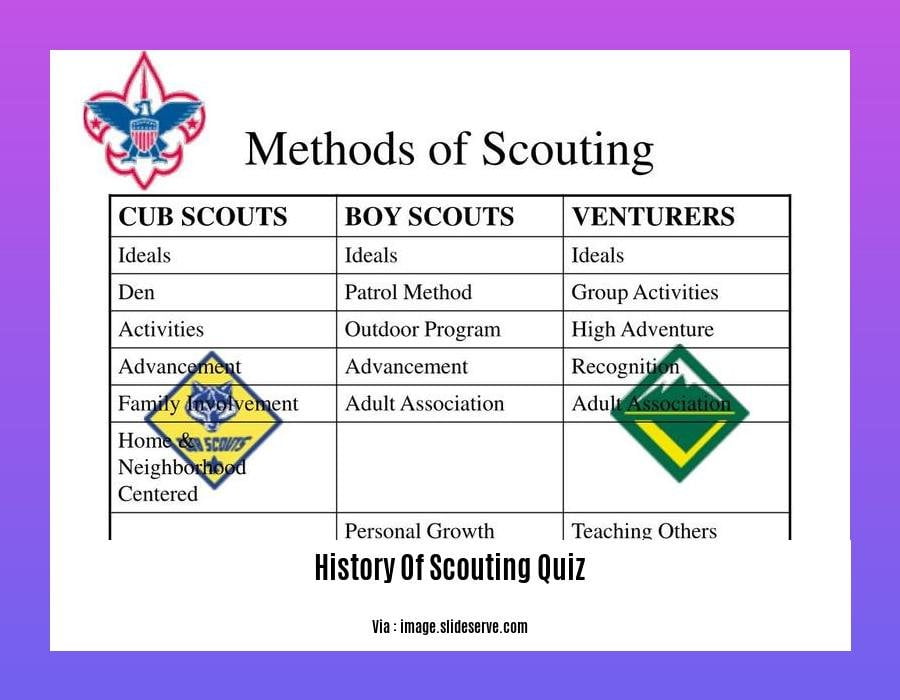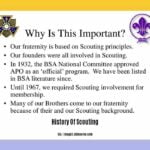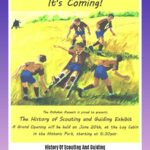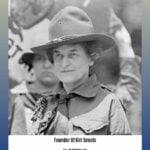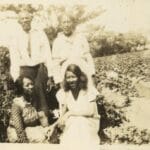Embark on a journey through the rich history of scouting with our engaging quiz, “History of Scouting Quiz: A Journey Through Scouting Achievements and Challenges.” Test your knowledge about the movement that has shaped countless lives, from its humble beginnings to its profound global impact.
Key Takeaways:
Scouting was founded on Brownsea Island in 1907.
The first World Scout Committee was elected in 1922.
History of Scouting Quiz
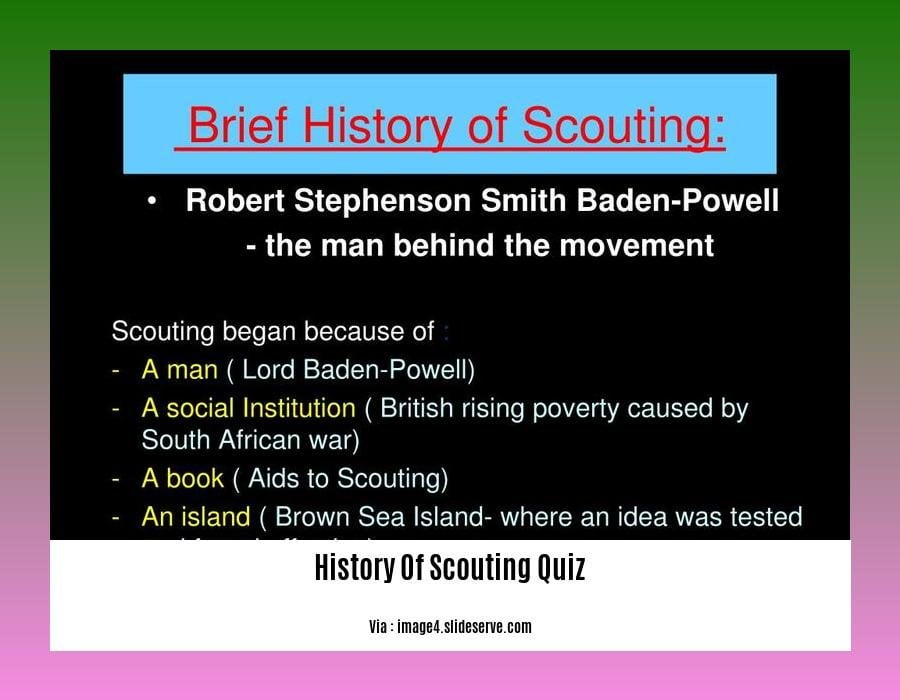
Put your scouting knowledge to the test with this engaging quiz! From humble beginnings on Brownsea Island to the establishment of the first World Scout Committee, let’s delve into the rich history of scouting.
Question 1:
When and where did the scouting movement officially begin?
a) 1907, Brownsea Island, United Kingdom
b) 1910, Crystal Palace, London, United Kingdom
c) 1912, Olympia, London, United Kingdom
d) 1914, Wembley Stadium, London, United Kingdom
Question 2:
Who is considered the father of the scouting movement?
a) Robert Baden-Powell
b) Ernest Thompson Seton
c) Daniel Carter Beard
d) Lord Robert Cecil
Question 3:
What year did the first World Scout Jamboree take place?
a) 1920
b) 1924
c) 1928
d) 1932
Question 4:
What is the name of the international governing body of the scouting movement?
a) World Organization of the Scout Movement (WOSM)
b) World Association of Girl Guides and Girl Scouts (WAGGGS)
c) International Scout and Guide Fellowship (ISGF)
d) World Federation of Independent Scouts (WFIS)
Question 5:
How many countries and territories currently have active scouting associations recognized by WOSM?
a) Over 100
b) Over 150
c) Over 200
d) Over 250
Question 6:
What is the World Scout Emblem?
a) A fleur-de-lis surrounded by a rope
b) A trefoil surrounded by a rope
c) A compass surrounded by a rope
d) A star surrounded by a rope
Question 7:
What is the World Scout Motto?
a) Be Prepared
b) Do Your Best
c) Help Others
d) All of the above
Question 8:
When did the first World Scout Committee election take place?
a) 1920
b) 1922
c) 1924
d) 1926
Answers:
- a) 1907, Brownsea Island, United Kingdom
- a) Robert Baden-Powell
- b) 1924
- a) World Organization of the Scout Movement (WOSM)
- d) Over 250
- a) A fleur-de-lis surrounded by a rope
- d) All of the above
- b) 1922
For those interested in the rich and vibrant history of Scotland, be sure to tune in to the history of Scotland podcast for an in-depth exploration of the nation’s past.
Delve into the fascinating journey of the scouting movement with the history of scouting podcast, where you’ll uncover the stories of adventure, camaraderie, and leadership that have shaped this global organization.
Discover the intertwined narratives of the scouting and guiding movements in the history of scouting and guiding podcast, highlighting the remarkable impact of these organizations in fostering personal growth, community service, and global citizenship.
The Boy Scouts of America (BSA) was founded in 1910 and has since become one of the largest youth organizations in the world.
Imagine an extraordinary organization that’s been shaping the lives of young people for over a century! The Boy Scouts of America (BSA) has left an indelible mark on the world of youth development, and in this quiz, we’ll explore its rich history and its remarkable achievements.
The Early Years: A Spark that Ignited a Movement
Picture this: 1910, a time when the youth movement was in its infancy. Enter Ernest Thompson Seton, the visionary who played a pivotal role in the establishment of the BSA. Inspired by Robert Baden-Powell’s Boy Scouts in Britain, Seton saw the potential to create a similar organization in the United States. Together with other passionate individuals, he laid the groundwork for what would become a guiding force for generations of young boys.
Growth and Expansion: From a Spark to a Roaring Fire
Like a wildfire that spreads across the land, the BSA ignited the hearts and minds of countless young boys. Growing at an exponential rate, the organization quickly became a beacon of hope, providing a structured pathway for young people to learn, grow, and become responsible citizens.
Addressing Challenges: Overcoming Obstacles on the Path to Success
As the BSA grew, it encountered inevitable challenges. The organization had to navigate issues related to race, age groups, and the changing landscape of youth development. But instead of shying away from these challenges, the BSA embraced them as opportunities for growth and innovation. Through initiatives like Cubbing, Rovering, and Exploring, the BSA ensured that every young person had a place within its ranks.
Key Takeaways:
References:
- [History of the Boy Scouts of America – Wikipedia](
- [Scouting comes to the U.S.](
The BSA and other scouting organizations have played a significant role in promoting outdoor education, leadership development, and community service.
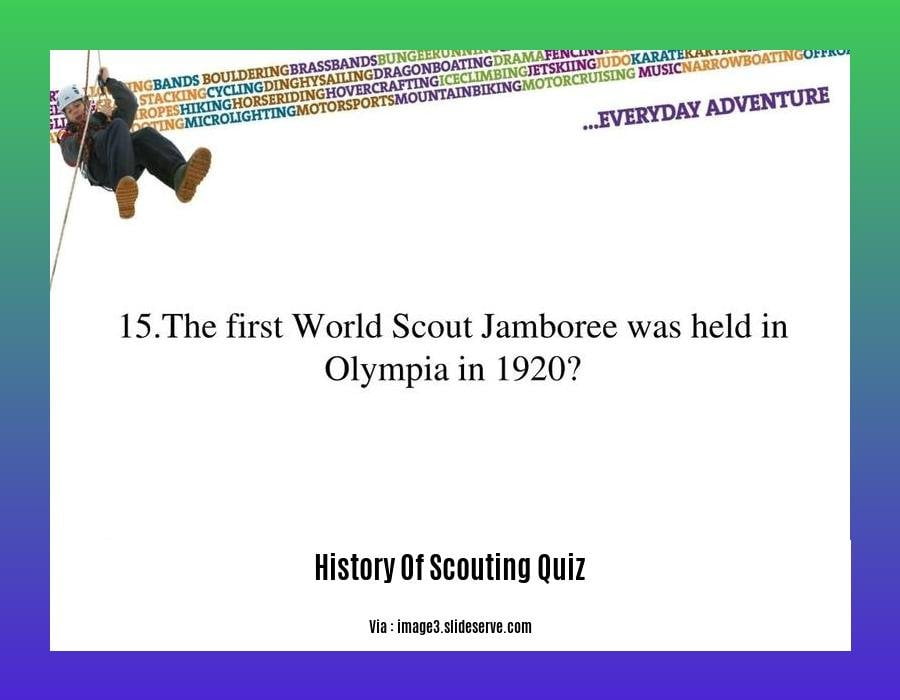
Scouting is a global movement that has been fostering youth development for over a century. Its impact on outdoor education, leadership development, and community service is immeasurable.
- Outdoor Education:
- Scouting provides hands-on learning experiences in nature, promoting environmental awareness, conservation, and outdoor skills.
- Scouts learn camping, hiking, survival techniques, and map reading, fostering self-reliance and problem-solving skills.
- Leadership Development:
- Scouting’s progressive leadership model allows young people to take on leadership roles within their troops and communities.
- Scouts learn decision-making, teamwork, and communication skills, preparing them for future leadership roles.
- Community Service:
- Scouting emphasizes giving back to the community through service projects and volunteer work.
- Scouts participate in food drives, environmental clean-ups, and community-building activities, instilling a strong sense of civic responsibility.
Key Takeaways:
- Scouting has a rich history of promoting outdoor education, leadership development, and community service.
- The BSA and other scouting organizations have played a significant role in promoting outdoor education, leadership development, and community service.
- Scouting provides young people with hands-on learning experiences in nature, fostering environmental awareness and outdoor skills.
- Scouting’s progressive leadership model allows young people to take on leadership roles within their troops and communities, preparing them for future leadership roles.
- Scouting emphasizes giving back to the community through service projects and volunteer work, instilling a strong sense of civic responsibility.
Sources:
– World Organization of the Scout Movement
– Scouting Around the World
Scouting has evolved over the years to reflect changing societal norms and values, while still maintaining its core principles of character development, citizenship, and personal fitness.
Dive into the captivating history of Scouting through this interactive quiz, exploring the remarkable achievements and challenges that have shaped the movement. Test your knowledge as we trace Scouting’s evolution, highlighting its ability to adapt to societal changes while upholding its core values.
Key Takeaways:
Scouting’s adaptability has allowed it to remain relevant, catering to the evolving needs and interests of youth.
Despite societal changes, the core principles of character development, citizenship, and personal fitness remain the bedrock of Scouting.
Scouting has embraced diversity and inclusion, ensuring that all young people have the opportunity to participate and benefit from the movement.
Technology and innovation have been integrated into Scouting, enhancing the learning experience and expanding opportunities for youth.
Scouting continues to innovate and evolve, ensuring its enduring impact in shaping future generations of responsible and engaged citizens.
The quiz below will test your knowledge of Scouting’s rich history and its ability to adapt to changing societal norms and values.
- Question: How did Scouting respond to the changing societal norm of increasing diversity?
A. By actively promoting inclusion and welcoming people from all backgrounds
B. By maintaining traditional practices and excluding those who didn’t fit the mold
C. By focusing solely on outdoor activities and avoiding social issues
- Question: What role did technology play in Scouting’s evolution?
A. It was embraced to enhance communication and learning opportunities
B. It was seen as a distraction and kept at arm’s length
C. It was actively discouraged due to its potential negative impact
- Question: How did Scouting navigate the challenge of maintaining its core principles while adapting to societal changes?
A. By compromising on its values to appeal to a broader audience
B. By rigidly adhering to tradition and resisting change
C. By finding a balance between innovation and upholding its founding principles
- Question: What was the impact of Scouting’s emphasis on character development, citizenship, and personal fitness?
A. It empowered youth to become responsible and engaged citizens
B. It created a divide between Scouts and non-Scouts
C. It led to a decline in Scouting’s popularity among young people
- Question: How did Scouting’s educational approach contribute to its enduring relevance?
A. By embracing progressive advancement and experiential learning
B. By relying solely on traditional methods and memorization
C. By focusing on academic subjects at the expense of outdoor activities
Sources:
- World Organization of the Scout Movement:
- Scouting Around the World:
FAQ
Q1: When did the Boy Scout of America (BSA) come to life?
A1: The Boy Scouts of America (BSA) was founded in 1910, inspired by the already existing Boy Scouts Association established by Robert Baden-Powell.
Q2: What were some early challenges that the BSA faced?
A2: The Boy Scouts of America had to address issues related to race, younger scouts, and older scouts, leading to the creation of programs such as Cubbing, Rovering, and Exploring.
Q3: What was the purpose behind creating the World Organization of the Scout Movement (WOSM)?
A3: The World Organization of the Scout Movement (WOSM) was established to promote the Scout Movement globally and provide support to national Scout organizations.
Q4: What are the fundamental principles of Scouting’s educational approach?
A4: Scouting’s educational approach is based on the principles of learning through active participation, progressive advancement, and a focus on comprehensive youth development.
Q5: What is the significance of the World Scout Jamboree?
A5: The World Scout Jamboree is a significant gathering of Scouts from around the world, held every four years, promoting camaraderie, cultural exchange, and global understanding.
